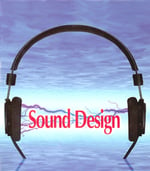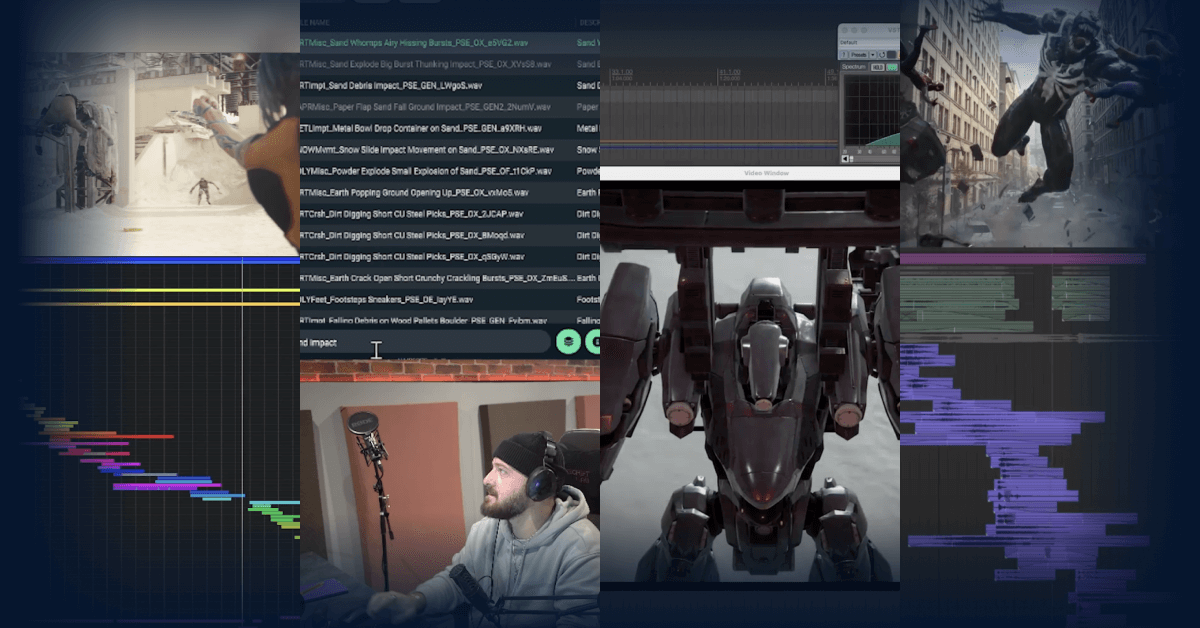by Jeremy Siegel
 By David Sonnenschein, author Sound Design: The Expressive Power of Music, Voice and Sound Effects in Cinema.
By David Sonnenschein, author Sound Design: The Expressive Power of Music, Voice and Sound Effects in Cinema.
Key 2: Look for objects and actions as explicit sounds
Scriptwriting convention pays a certain homage to the power of audio by requesting that each sound be capitalized in the body of the scene description:
The oncoming truck’s HORN BLASTS as the out-of-control car swerves violently, its wheels SCREECHING.
It makes for a bit more exciting reading and a good writer can create a visual rhythm on the page that can aid in establishing rhythm on the screen, but the major purpose is to help the production manager identify, schedule and budget the production of these sounds. In fact, after the sound designer has completed the script analysis and created the sound map, the production manager will have a much more accurate document for basing his budgeting.
The sound designer’s development of the audio track is more extensive and subtle than the screenwriter’s, and for good reason. The page simply should not and cannot hold the depth of information that will be on the audio track, as similarly a script should not detail camera angles nor all production design elements.
But within every character, object and action on screen there can be generated a potential sound that may give further dramatic impact to the scene and story, and this sonic coloring is the challenge for you to reveal.
The little boy tiptoes along the spiky tops of the rotten picket fence, trying in vain to ignore the menacing bulldog chained just below him. As the mad dog lunges against its restraints, the boy’s hands spastically flap to maintain balance, his sneaker losing grip.
 So here we see two characters, a protagonist and antagonist, the boy and the dog. What kind of sounds would each be eliciting in this circumstance? The boy would try to be as silent and invisible as possible, but he can’t avoid breathing, which might very well be irregular, forced and audible due to his stress in holding everything else so controllably, especially when he slips. It seems that the dog would be growling at the very least, perhaps in a crescendo toward an aggressive bark.
So here we see two characters, a protagonist and antagonist, the boy and the dog. What kind of sounds would each be eliciting in this circumstance? The boy would try to be as silent and invisible as possible, but he can’t avoid breathing, which might very well be irregular, forced and audible due to his stress in holding everything else so controllably, especially when he slips. It seems that the dog would be growling at the very least, perhaps in a crescendo toward an aggressive bark.
The objects include a chain, which holds double intent in the scene. The wild clinking forms part of the aural attack against the boy, but as it clangs taut it serves as the only thing protecting him. (Notice how this audio analysis could contribute to the storyboarding and blocking of the action if done before the shoot.) The contact of the boy’s shoes with the untrustworthy fence could surely generate nerve-racking, splintering creaks, and the slip itself may be accentuated with the weakness of a slippery rubber sole.
Both characters and objects are linked to the action verbs, which create an emotional context to the scene. Find motion, directionality and moments of impact. Sound qualities that might accent each of the verbs in the above scene could be: “tiptoes” -- dainty tap-tap-tapping, “lunges” -- attacking, explosive, growing closer, “spastically flap” -- arrhythmic whooshing.
Stay tuned for Key 3 next month, and visit www.SoundDesignForPros.com to sign up for info on sound design webinars with David Sonnenschein.















